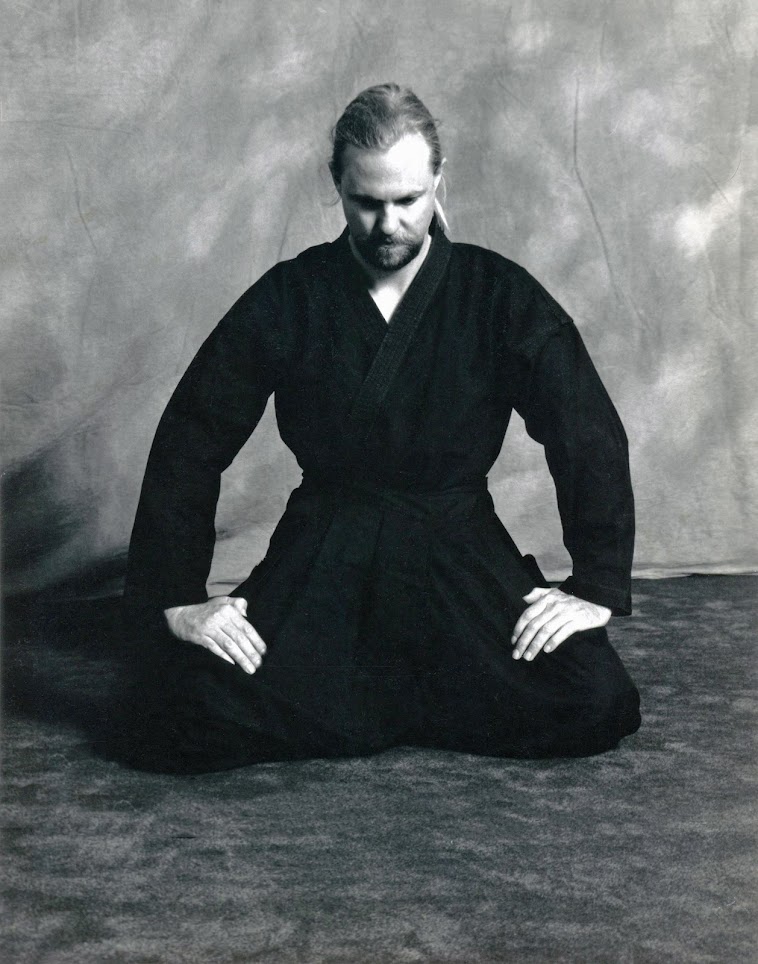By
Scott Shaw
Understand
Korea's Martial History
It is essential to understand that
the Japanese forces, which occupied the Korean Peninsula from 1909 until 1945,
destroyed virtually all records of the actual techniques of the ancient Korean
martial arts. Many modern masters of the Korean martial arts falsely claim they
can trace the origins of their systems back to the dawn of Korean civilization.
Unfortunately, this is historically not the case. There are only two remaining
documents: the Moo Yeh Jee Bo and the Moo Yeh Do Bok Tong Gi which give us
insight into Korea's martial history. These are the only two sources to trace
the history of Korean martial arts.
Moo Yeh
Do Bok Tong Gi
The conflicts between Japan and
Korea are not unique to the twentieth century. They have been ongoing for
centuries. Between 1592 and 1598 an attempted Japanese invasion of Korea took
place. The Japanese invaders were defeated. Near the end of this conflict, a
Chinese military text entitled, Ki Hyu Shin Zu, authored by the Chinese
military strategist and martial artist, Chuk, Kye Kwang was discovered. The
text had been acquired from a slain Japanese General. This manuscript was
presented to Korean King Sun Jo (1567 - 1608). Within its pages was a system of
Chinese weapons and hand-to-hand combat. King Sun Jo was so impressed by the
methods presented in this text that he invited Chinese Generals and Chinese
martial art masters who employed this system to visit his capital. From this
contact, he ordered one of his Generals, Han Kyo, to take what he had learned
from both the text and the demonstrations and design a new system of
battlefield combat. This system was eventually written in six chapters and
published as, Moo Yeh Jee Bo, “The Illustrations of the Martial Arts.”
This text became the basis for
formalized warfare for the Korean military. Within the pages of the text, the
techniques of the Sang Soo Do, “Long Sword” Jang Chang, “Spear,” Dang Pa, “Triple
End Spear,” Kon Bong, “Long Staff,” and Dung Pa, “Shield Defense,” are
outlined.
Korean
King Yong Jo (1724 - 1776) had the text revised during his reign. Twelve
additional approaches to fighting were added. The manual was renamed, Moo Yeh
Shin Bo, “The New Illustrations of the Martial Arts.”
The fighting techniques added to the
pages employed the Bon Kuk Kum, “Korean Straight Sword,” Wae Kum, “Japanese
Sword,” Jee Dook Kum, “Admiral's Sword,” Yee Do, “Short Sword,” Sang Kum, “Twin
Swords,” Wae Kum, “Crescent Sword,” Juk Jang, “Long Bamboo Spear,” Hyup Do, “Spear
with a Blade,” Kee Jang, “Flag Spear,” Pyun Kon, “Long Staff with end like a
nunchaka,” Kyo Jun, “Combat Engagement Strategy,” and Kwon Bop, literally, “Karate.”
In 1790, at the direction of the
next King of Korea, King Jung Jo (1776 - 1800), the Korean military
strategists, Yi, Duk Moo and Park, Je Ga again revised the text and added six
additional chapters to the manuscript: Ma Sang, “Combat horsemanship,” Ki
Chang, “Spear fighting from horseback,” Ma Sang Wol Do, “Sword fighting from
horseback,” Ma Sang Sang Kum, “Twin sword fighting from horseback,” Ma Sang
Pyun Kon, “Long staff with shorter end like nunchaka, fighting from horseback,”
and Kyuk Koo, “Gaming on horseback.”
The text was retitled, Moo Yeh Do
Bok Tong Gi, “The Comprehensive Illustrated Manual of the Martial Arts.” This
text is the primary remaining document which modern Korean martial art
practitioners turn to search out their foundational history.
The Moo Yeh Do Bok Tong Gi was first published for world
consumption, in its original form, over twenty years ago by Tang Soo Do Moo Duk
Kwan founder Hwang Kee in this book, Tang Soo Do. It has recently been
translated into English.
Many
people hear of this book believe that it will hold all of the answers to all of
their questions on combat. Unfortunately, this is not the case. The techniques
presented in this manuscript are extremely limited and the drawings, which
depict the maneuvers, are not exacting as they were created several hundred
years ago.
As a source
point for understanding the evolution of Korean history, Moo Yeh Do Bok Tong
Gi, is a great text. It was written for a different age, however. As such, it
is not the holy grail of martial art manuscripts as some people believe it to
be. What you take away from it will be based on your own understanding of the
martial arts.
Copyright © 1989 – All Rights
Reserved
For more information on the history
and the evolution of the Korean Martial Arts visit The History of the Korean Martial
Arts page at Scott Shaw.com.
